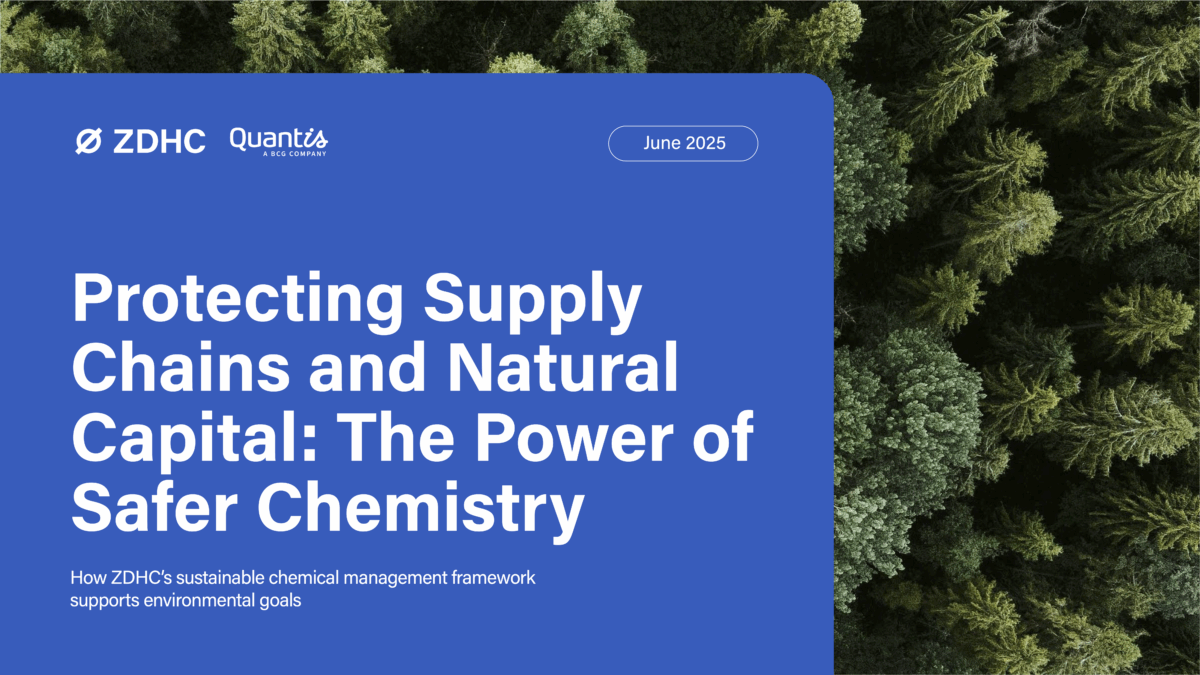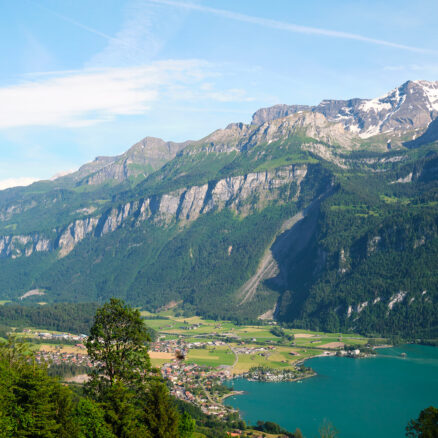From tracking progress to measuring real impact
The ZDHC Foundation commissioned Quantis to carry out a study to understand how its efforts can lead to real, measurable reductions in environmental harm, using science-based methods.
Today’s nature-focused evaluation tools often don’t have ways to measure the impact of most types of chemical pollution — especially those beyond nitrogen and phosphorus. This makes it hard for companies to fully understand and manage their broader chemical pollution.
The “Nature Impact Report” shows how the ZDHC Manufacturing Restricted Substances List (MRSL) has already made a difference in the textile, leather and footwear industries.

The study measures how using the MRSL can cut pollution in air, water and soil. It’s essential reading for companies aiming to strengthen their nature strategies and build long-term resilience.
Better data and transparency make nature impact assessments more reliable, helping businesses take smarter sustainability actions. By working together and defining clear roles, ZDHC and its partners can expand MRSL use, cut chemical pollution and safeguard both human health and nature. To get the most out of this, the industry needs to continue efforts on closing major data gaps.



